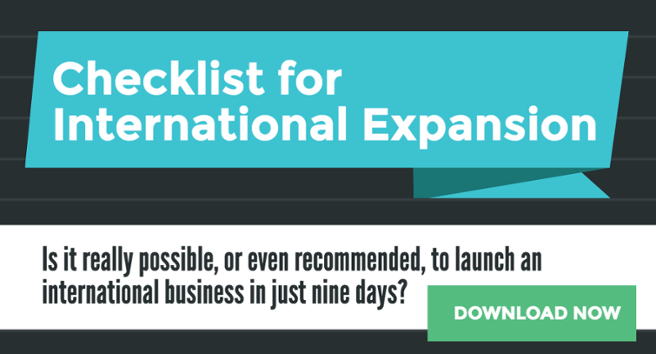
We are in full swing into trade show season, it seems this time of year has the most conferences, trade shows, etc. These events can be critically useful to you and your business but it's important to go into them with a plan and the correct mindset. Here are ten things to keep in mind so that you get the most out of your next trade show or conference.
1. Keep it simple
Many exhibitors overload their booths to emit too many signals – computer monitors, graphics, giveaway boxes, etc. But your visitors will want a more straightforward experience, as the clutter will only confuse them further. They will just turn their backs on your booth, unless you use an easy, simple and quick hook. Work towards keeping your booth equipped with the absolutely essential items. It is much more efficient than the other way around.
2. Design the layout of your booth in advance
By ordering the front table, the backdrop and graphics separately, chances are that the final result will be too overloaded and uninviting. If you can, try to build your both at home, to see how it comes out. However, as this isn’t always feasible, plan the layout ahead, by crafting a sketch. By doing so, you’ll have a clear view of the angle, potential line-of-sight or space conflicts, and visitor points of entry, so as to avoid any problems before they appear.
3. Make your backdrops less cluttered (and bottom-less)
It happens all the time; you spend too much time designing the perfect backdrop, only to find out that people can’t really see the lower half, due to it being hidden behind tables, visitors or other distractions. And then the upper half doesn’t look as good as it did when you planned it, but it has too much information and it’s not easy to read. Less is more. Stick to the basics, only include key messages and let your staff do the rest.
4. Never underestimate booth training
Your people who will be working at your booth may be experts in your line of business, but how well do they know trade shows? Are they capable of leveraging appropriate language to get visitors to stop and get involved? How about qualifying, or badge scanning, or doing whatever is needed to make the show a success? Don’t leave booth training for the last minute. Arrange for a minute in the office, where everyone can be present or, at least, a conference call is the team is scattered.
5. Be familiar with the show timetable and man your booth to match it
When do sessions pause for large breaks? When is traffic expected to be heavier? Regardless of these breaks being long or short, you should make sure that your booth is staffed adequately to handle the expected traffic. If you take care of this detail and see that your staffing capabilities can match the rhythm fluctuations in traffic, the more likely it is that you’ll catch that big prospect you’ve been waiting for.
6. It’s the details that matter
Have some pens available, to jot down on surveys and business cards. Make sure to get energy bars and water bottles for your attending staff. Some painkillers might get handy too. Arrange for the trash can. And some added padding under the carpet. The devil is in the details. You’d better make a list of such things, to have them looked after at each consecutive show from now on.
7. Don’t be late on the first day
What can be worse than having the first booth visitors find you trying to plug the monitor or setting up the demo? Or if your attending staff hasn’t arrived, or are just getting ready, or getting the booth ready, when potential opportunities pass by? Make sure that all people involved are present at the booth well ahead of the opening time, even more so on day one, and get everything ready with plenty of time ahead. It’s much better to have everything done and ready in advance, so you can wait and relax, than struggling to finish up while visitors start coming your way.
8. Make sure your boot staff knows a few chit-chat “interrupters”
Most visitors would be probably put off by having an elevator pitch thrown directly at them, when they show up. Do you have anything in your bag that would draw their interest in less than three seconds? Perhaps something in your offer list that doesn’t relate to a product, which most will find so interesting that will stop and inquire for more? Make sure your attending staff are aware of these “tricks”, because they are essential in captivating more visitors. Which sets the field for the next best practice, which is…
9. Are you receiving or inviting?
If you just sit and wait for visitors to come asking on their own, you are set for a long wait. Unless there is something extraordinary going on in your booth, e.g., a huge cake with the size and shape of an actual elephant (check out the photo!), chances are that prospects will have no idea who you are and what you can do for them. Being on the receiving side is passive and will probably lead to failure. Be active instead, and invite your visitors in. Make sure your booth staff know how to act this way, by making good use of the tricks we described in the previous point.





